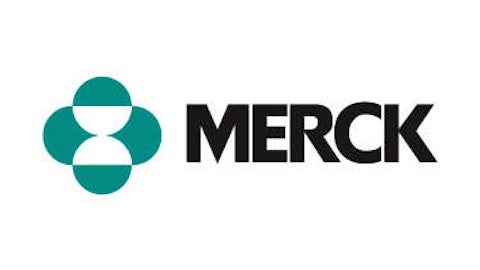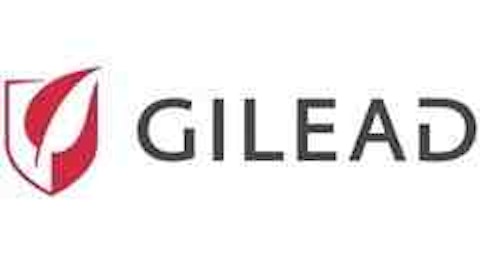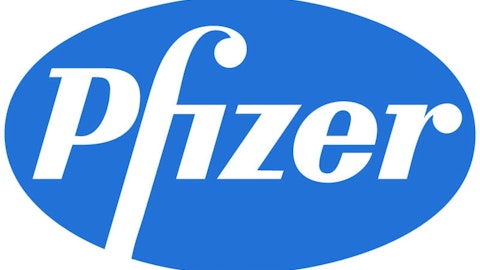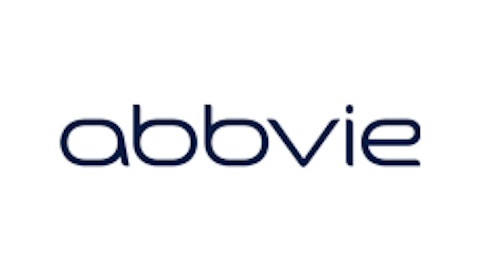After a series of failures, one is forced to wonder whether the medical fraternity, including the research and development wing of Eli Lilly & Co. (NYSE:LLY), really has a foolproof plan to develop a useful treatment for Alzheimer’s. Although the companies discussed below are all great businesses, don’t base your investment decisions on their Alzheimer’s pipelines.

Secretase inhibitors in very simple terms
The science behind this approach to Alzheimer’s is simple. Everybody knows about dental plaque – the yellowish substance that forms around your teeth and causes infection.
A different kind of plaque, amyloid plaque, is found in Alzheimer’s patients. It’s formed when a protein called APP mixes with certain enzymes called beta and gamma secretase. If a drug can stop — inhibit — these secretase enzymes, it can stop the formation of amyloid plaque, thus controlling and stopping Alzheimer’s. This is a simplistic way of describing the so-called Amyloid hypothesis, but it gives you a quick overview of Eli Lilly & Co. (NYSE:LLY)’s approach.
Trials of Eli Lilly & Co. (NYSE:LLY)’s gamma-secretase inhibitor, semagacestat (LY450139), were stopped due to disappointing results. Later, despite reports that results of solanezumab, a neuroprotector that binds to plaque and inhibits its formation, were positive, the company said that it was not going to the FDA for approval, but will conduct a third Phase III trial.
The latest proverbial nail in the coffin is the halting of trials of LY2886721, a beta-secretase inhibitor, due to reports of abnormal results of liver tests in patients.
A little more detail about Eli Lilly & Co. (NYSE:LLY)’s failed efforts
Eli Lilly & Co. (NYSE:LLY) has made three attempts to find and develop a secretase inhibitor that has a reasonable chance of working.
The company’s first attempt was semagacestat (LY450139), a gamma-secretase inhibitor, which was dropped in July 2011 after Phase III trials comprising of 3,000 patients found that it performed worse than the placebo – patients continued to fare badly on cognitive skills, failing to recover and return to baseline after they stopped taking the treatment. That means, the drug not only failed to help, but worsened the condition of the patients.
Last December, Eli Lilly & Co. (NYSE:LLY) hyped that “We are on the cusp here of writing medical history again as a company, this time in Alzheimer’s disease.” But in the same breath, it declared that the FDA would require new trials for its solanezumab. Solanezumab is a monoclonal antibody which binds to amyloid-β peptides (plaque), and it was seen as “first evidence that targeting the amyloid cascade can slow the progression of disease.”
Eli Lilly’s third attempt at finding a viable drug for Alzheimer’s also came to naught when it halted testing of LY2886721, a BACE or beta secretase inhibitor, after Phase II data revealed abnormal liver biochemical tests.
Eli Lily is not alone
In July 2011, Bristol Myers Squibb Co. (NYSE:BMY) announced data relating to a Phase II study of its investigational gamma-secretase inhibitor (BMS-708163). The data only indicated that the amyloid hypotheses needed further evaluation.
In July 2012, Pfizer Inc. (NYSE:PFE) announced that it was abandoning further development of intravenous formulations of bapineuzumab, an anti-amyloid antibody, after the failure of its Phase II study. However, Phase II studies of subcutaneous delivery were to continue; their results are expected in 2014.
More recently, on May 7, 2013, the search for a treatment of Alzheimer’s or anything that could reduce its symptoms received another jolt, when Baxter International Inc. (NYSE:BAX) reported that its immune-bolstering treatment had ended in a failure.
The drug, Gammagard, created out of components of the human immune system, was supposed to be able to remove plaque. Sadly, the study did not completely succeed. It did show some inconclusive benefit to certain subgroups of patients, and investigators are hanging on to data from their analysis of the subgroup trial, in the hope that it may yet be of benefit to specific patients.
Following a series of high-profile failures, in February 2013 the FDA issued guidance to developers of Alzheimer’s disease drugs, telling them that they need to develop drugs for treatment of the disease in its early stage – probably because the regulator felt that the brains of patients in later stages were too damaged to respond to treatment. However, this necessitated development of tests that would effectively identify patients with a mild form of the disease.
The FDA guidelines, and the necessity of finding at-risk patients, may have prompted Merck & Co., Inc. (NYSE:MRK) to enter an agreement with Luminex Corporation (NASDAQ:LMNX) to work on a test that can flag biomarkers for Alzheimer’s in the cerebrospinal fluid – Aβ42 and t-tau.
Abnormalities in tau protein relate to malfunctions in biochemical communication between neurons, and later in the death of the cells — an alternate theory for what might cause Alzheimers, known as the Tau hypothesis.
There is apparently a great need for further understanding of Alzheimer’s biology before assigning any value to pipeline drugs and Phase III data of Alzheimer’s treatment. However, it seems that Big Pharma does not want to learn lessons from its failures; the expected rewards of success are big enough to justify the money it’s spent — or wasted — on failed attempts.
However, that may be true for companies, but not for investors. Fools would be well advised to make investment decisions without ascribing any value to a company’s pipeline candidate’s for Alzheimer’s disease. If, perchance, the company does succeed in finding an effective treatment, consider the unexpected appreciation in stock price as a windfall profit.
The article Can’t Anyone Tackle Alzheimer’s? originally appeared on Fool.com is written by Kanak Kanti.
Dr. Kanak Kanti De has no position in any stocks mentioned. The Motley Fool has no position in any of the stocks mentioned. Kanak is a member of The Motley Fool Blog Network — entries represent the personal opinion of the blogger and are not formally edited.
Copyright © 1995 – 2013 The Motley Fool, LLC. All rights reserved. The Motley Fool has a disclosure policy.





